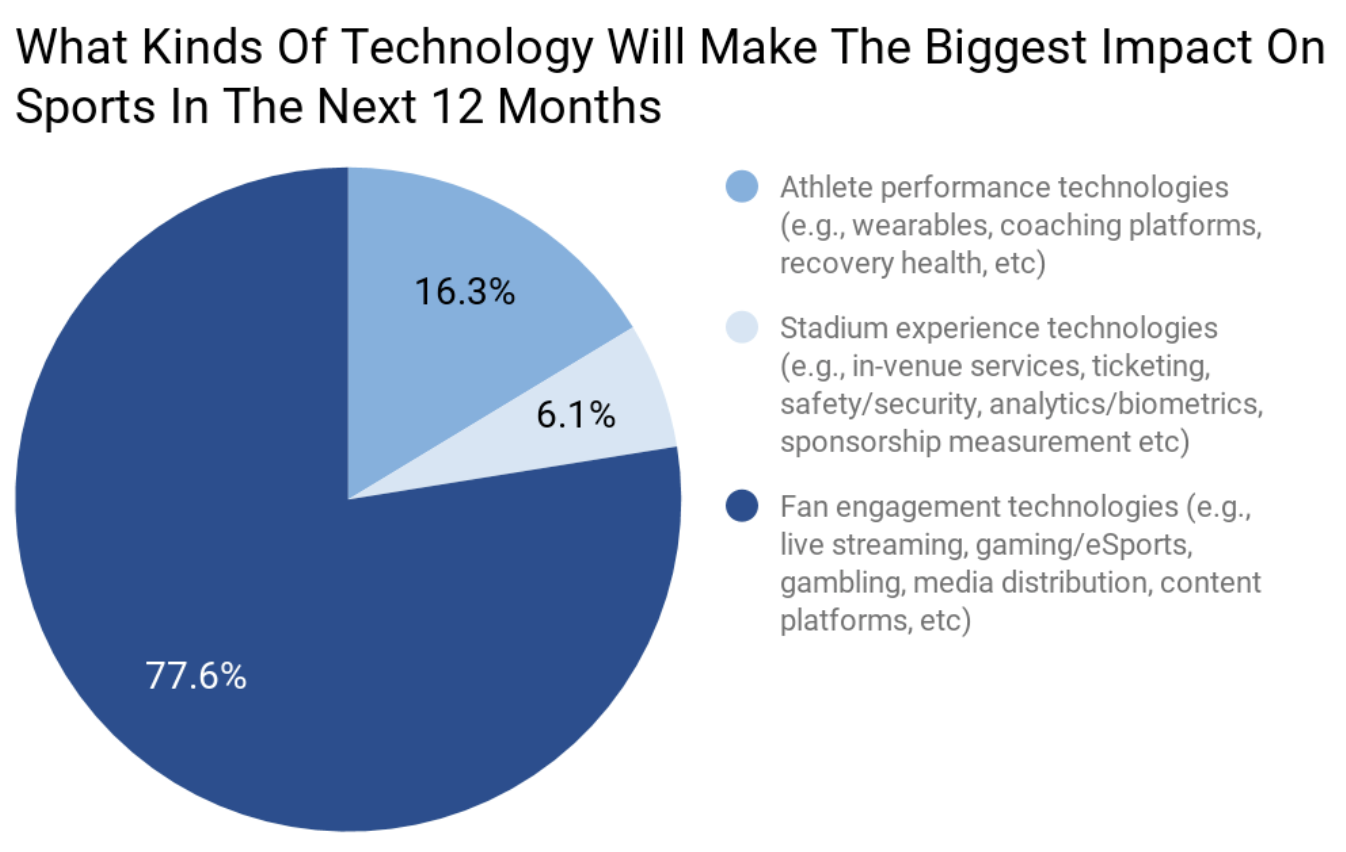Written by: David Seoane
Introduction
Sports have always played a significant role in uniting people across the globe. Yet, the unsung hero behind the scenes propelling this global phenomenon is technology. The sports technology sector, commonly referred to as Sportstech, is poised for exponential growth, with projections indicating it could reach a staggering $30 billion market size by 2024.

The Evolution of Sportstech
The influence of technology in sports is profound, reshaping every facet from athlete training and competition, fan engagement, and content consumption, to the architectural marvels of modern sports venues. Over the years, technology has seamlessly integrated into the sports industry, setting the stage for monumental shifts in how sports are played, viewed, and managed.
Market Growth and Opportunities
In 2019 alone, sponsorships and advertisements injected millions into the Sportstech market. This trend is expected to continue, with significant growth projected by 2024. The realm of e-sports exemplifies the lucrative opportunities in this sector, offering innovative ways for organizers to engage with fans through sponsorships and advertisements.
Key Investment Areas:
Media and Content Platforms: These platforms are crucial for delivering immersive experiences to a global audience.
E-sports: Rapidly ascending as a dominant force in sports technology applications.
Data, Analytics, and Biometrics: Essential tools for enhancing athletic performance and engaging fans.
Challenges in Adoption
Despite the promising outlook, there are hurdles in the path of Sportstech adoption. Innovations that alter the traditional rules or dynamics of sports present challenges. Startups must ensure that their technological advancements not only enhance the game but also add tangible value in terms of competition and revenue.
Fan Engagement Technologies:
According to industry insights, an overwhelming 78% of experts believe that technologies enhancing fan engagement, including live streaming, esports, and content platforms, will significantly impact the sports industry over the next year.

Key Pillars for Success in Sportstech

1. Foster Community Interactions
- Engage with peers: Share knowledge, collaborate on projects, and leverage community insights to refine and advance your innovations.
- Visibility and Communication: Actively participate in discussions, post questions, and showcase your solutions to gain visibility and support

2. Navigating Funding Opportunities and Resources
Utilize platforms like FundingBox, a leading European distributor of cascade funding (non-refundable grants) for the deep tech industry. Take advantage of the extensive range of funding opportunities: public and private equity funds, tech partnerships, and learning courses available to fuel your growth and innovation.

3. Strategic Partnerships

4. Continuous Innovation
Stay ahead of the curve by continuously evolving and adapting your technologies to meet the changing demands of the sports industry.
Conclusion
As technology continues to advance, its integration into the sports sector is inevitable and vital. For startups and innovators in this space, the potential is immense. By focusing on creating value that resonates with stakeholders and embracing the community’s collaborative spirit, businesses can position themselves at the forefront of the Sportstech revolution.
Table: Key Areas of Impact in Sportstech
| Sector | Impact | Potential |
| E-sports | High | Growth in fan engagement and media |
| Data Analytics | Medium | Enhancement of athlete performance |
| Stadium Experience | Low | Improved fan experience on-site |
The fusion of technology and sports is not just enhancing the game; it’s redefining it. Join the movement and be part of this journey to redefine the global sports landscape at FundingBox xxxx.
